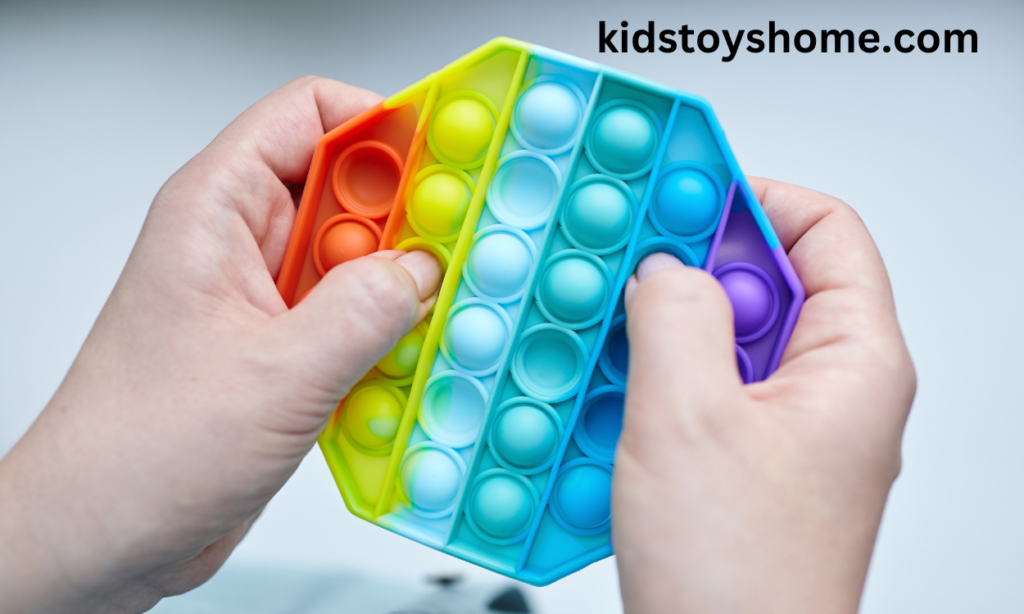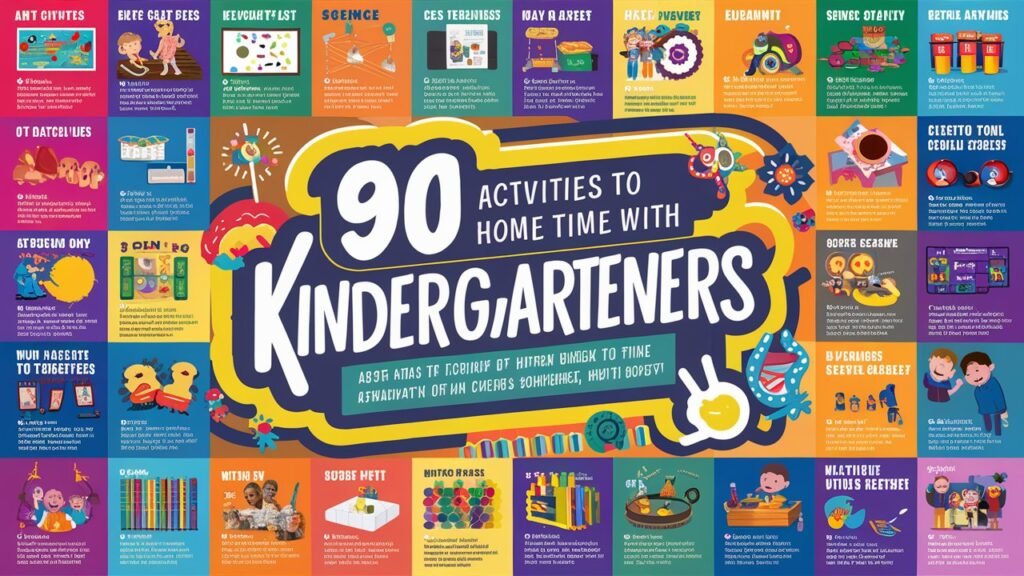
Edible slime recipes are a great way for kids to have safe playtime. Prepared with edible ingredients, edible slimes allow parents to let their children explore and create with no harm whatsoever—that’s why they put a smile on the face of every mother. These slimes are fantastic for small inquisitive explorers who tend to taste everything they can get their hands on.
One of the things I love most about edible slime is how simple and easy it is to make with a few common household ingredients. Making slime requires just a few basic ingredients you can find in your pantry: cornstarch, gelatin, or food coloring. This ensures that both parents and kids can have fun with this without a hitch or mess with these simple recipes.
Not only are these slimes safe and straightforward, but they are also delicious! Kids will love the novelty of playing with slime, which they can eat. From fruity flavors to chocolatey delights, these recipes offer a fun twist on traditional playtime activities, making learning and creativity a tasty adventure.
Benefits of Edible Slime Recipies
Edible slime is not just a great toy to slop around with; it also offers a novel opportunity for sensory play, which is important in child development. Sensory play activities stimulate a child’s senses, including touch, smell, taste, movement, balance, sight, and hearing, which help build nerve connections in the brain pathways.
This type of play supports development in the following fields and more: language development, cognitive growth, fine motor skills, gross motor skills, problem-solving skills, and social interaction. It also helps develop and enhance memory functioning and is especially helpful in calming an anxious or frustrated child. Eating slime encourages creativity and scientific understanding among children.
Safety First
Ensuring the safety of our children while they engage in fun and educational play is paramount. When making edible play dough, selecting non-toxic ingredients takes center stage. It’s vital to choose substances that, even if ingested, won’t harm the child. This concern extends to the main ingredients and any colors or flavors that might be added to enhance the slime’s appeal.
Beyond the careful curation of ingredients, active supervision and the implementation of safety precautions during the slime’s preparation are equally crucial. Adults should oversee the process to prevent accidents, such as exposure to hot substances or the risk of ingesting large quantities. By maintaining a vigilant eye and guiding the activity, parents ensure that the experience remains safe and enjoyable for children.
Simple and Delicious Edible Slime Recipes
The easy, simple, and delicious recipe for making slime is discussed here in an engaging and fun way.
Marshmallow Slime
Ingredients required
- 1/4 cup of powdered sugar
- 1 tablespoon of coconut oil
- 2 cups of mini marshmallows
Step-by-step preparation guide
- Melt the marshmallows and coconut oil in a microwave-safe bowl for 30 seconds or until the marshmallows are fully melted.
- Stir the mixture until smooth.
- Gradually add in powdered sugar until the mixture reaches a slimy consistency.
- Allow it to cool before play to ensure safe handling.
Chia Seed Edible Slime Recipies
Ingredients required
Rich in omega-3 fatty acids, fiber, and antioxidants.
Step-by-step preparation guide
- Mix 1/4 cup of chia seeds with 1 1/2 cups of water. Leave it overnight to form a gel.
- Add food coloring if desired.
- For a smoother texture, blend the gel and strain out the seeds.
Gummy Bear Edible Slime Recipe
This slime is made with a sweet twist
Step-by-step preparation guide
- Place a cup of gummy bears in a microwave-safe bowl.
- Heat the gummy bears in the microwave for 30 seconds or until melted.
- Stir in a tablespoon of cornstarch and powdered sugar to thicken and create a slimy texture.
- Allow the mixture to cool slightly before handling.
Creative Play Ideas with Edible Slime
- Incorporating educational activities
- Use slime for counting games, learning colors, or practicing letters.
- Fun games and challenges
- Create slime shapes, host a slime stretch contest, or use slime in an obstacle course.
Cleaning and Storage Tips
- Best practices for post-play cleanup
- Use warm soapy water for easy cleanup of tools and surfaces.
- Storing edible slime for future use
- Store in an airtight container in the refrigerator for up to a week.
Conclusion
Edible slime recipes are a fantastic way to blend playtime with learning. Safe and simple to make, they provide a fun sensory experience using common household ingredients.
Kids will love squishing, stretching, and tasting these delicious and colorful creations.
Edible slime offers endless fun and imagination, perfect for rainy days or unique party favors. Parents can enjoy peace of mind knowing their children play safely and creatively.
FAQs
Is edible slime safe for all ages?
Edible slime is designed for children, with non-toxic ingredients that are generally safe if ingested in small quantities. However, it’s essential to supervise younger children, especially those under 3, to prevent choking hazards.
Can I make edible slime without food coloring?
Absolutely! Food coloring is optional and merely adds visual appeal. The slime will still be fun and playable without it. For natural color options, consider using pureed fruits or vegetables.
How long does edible slime last?
When stored properly in an airtight container in the refrigerator, edible slime can last up to a week. Check it before use for any signs of spoilage, such as mold or an off smell.
What if my child has dietary restrictions?
Many of the recipes can be adapted for dietary restrictions. For instance, vegan marshmallows can replace regular marshmallows and sugar-free gummy bears can be used by children on a sugar-restricted diet.
Is edible slime delicious?
While edible slime is safe to eat, it’s designed more for play than as a snack. The taste depends on the ingredients used. For example, marshmallow slime may be sweet, whereas chia seed slime may be more bland. Encourage children to play rather than eat the slime.
How can I prevent the slime from sticking to my hands and surfaces?
Applying a thin layer of coconut oil or cooking oil to hands and surfaces before playing with the slime can help prevent sticking. Also, ensure the slime has reached the correct consistency by adding the right amount of thickening agents like cornstarch or powdered sugar as per the recipes.





